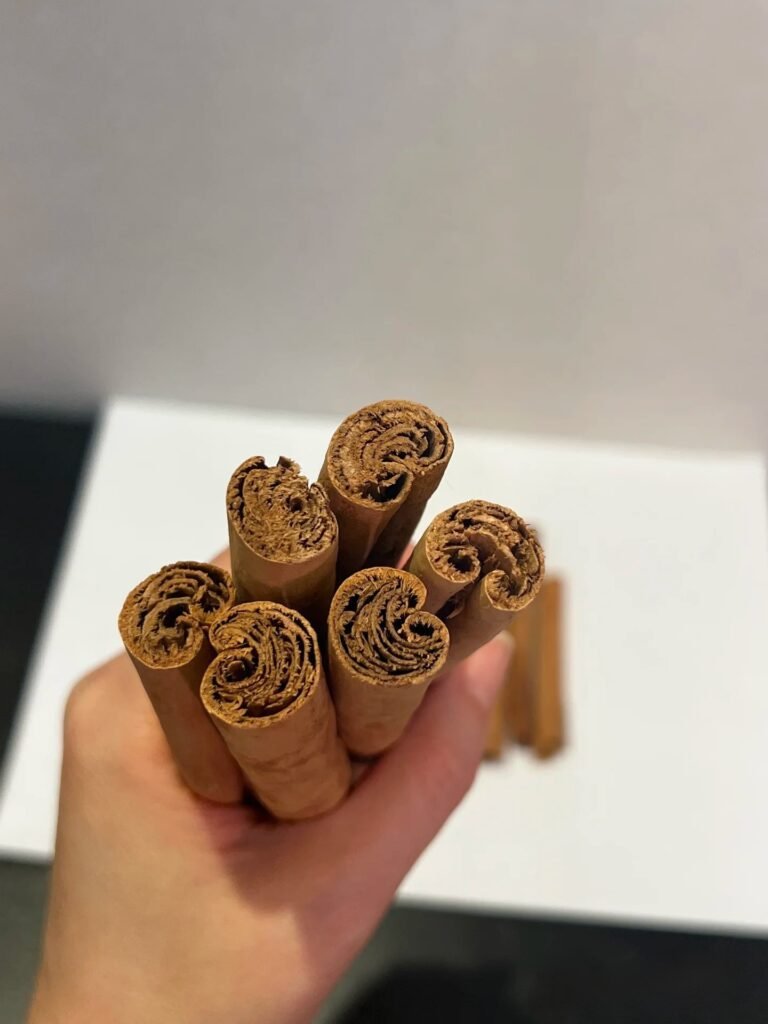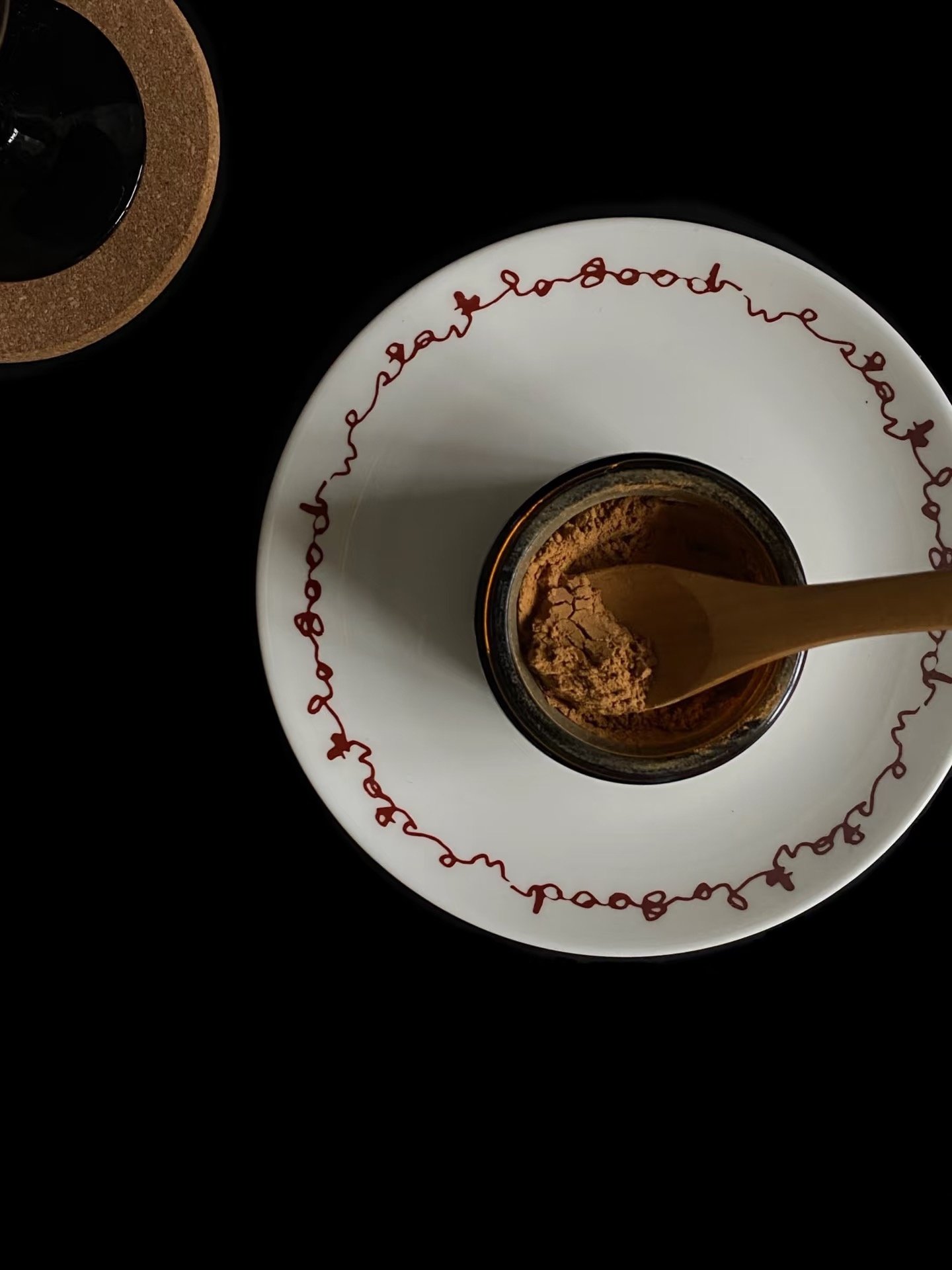5 Proven Mechanisms by Which Cinnamon Helps Lower Blood Sugar: From Lab to Clinical Practice
Introduction: Why Cinnamon Is Gaining Ground in Blood Sugar Control
In recent years, natural remedies have been gaining attention in the fight against high blood sugar and type 2 diabetes. Among them, cinnamon stands out as a promising, science-supported ingredient. Numerous studies show that cinnamon contains bioactive compounds that may improve insulin sensitivity, slow carbohydrate digestion, and reduce fasting blood glucose.
This article explores five scientifically backed mechanisms through which cinnamon supports blood sugar regulation—connecting findings from laboratory research to real-world clinical applications.
1. Enhancing Insulin Sensitivity
Cinnamon is rich in polyphenols, which can mimic insulin’s role in the body and improve the responsiveness of cells to insulin. This is crucial for individuals with insulin resistance, one of the root causes of type 2 diabetes.
Inhibiting Digestive Enzymes That Break Down Carbs
Cinnamon has been shown to inhibit key enzymes such as α-amylase and α-glucosidase, which are responsible for breaking down carbohydrates in the digestive tract. This helps slow the absorption of sugar into the bloodstream, preventing sudden spikes in blood glucose levels.

3. Improving Glucose Uptake into Cells
One of the remarkable effects of cinnamon is its ability to boost the activity of GLUT4, a protein that transports glucose from the blood into muscle and fat cells. More efficient glucose uptake means lower blood sugar levels naturally.
4. Providing Antioxidant and Anti-inflammatory Effects
Chronic inflammation and oxidative stress are major contributors to diabetes progression. Cinnamon contains powerful antioxidants such as cinnamaldehyde and flavonoids, which help protect pancreatic beta cells and reduce cellular damage.
5. Lowering Fasting Blood Sugar and HbA1c Levels
Clinical trials have shown that consistent use of cinnamon supplements can lead to a reduction in fasting blood glucose and HbA1c—a long-term marker of blood sugar control. Results are usually visible after 4 to 12 weeks of daily intake.

Ceylon vs. Cassia Cinnamon: What’s the Healthier Choice?
There are two main types of cinnamon available: Ceylon cinnamon (also known as “true cinnamon”) and Cassia cinnamon. While both offer health benefits, Ceylon contains less coumarin, a compound that may be harmful to the liver in large amounts. For long-term use, Ceylon is generally the safer option.
How Much Cinnamon Is Safe to Consume Daily?
Despite its benefits, too much cinnamon—especially Cassia—can pose health risks. Most health professionals recommend:
Ceylon cinnamon may be consumed in slightly higher doses due to lower coumarin content
Up to 1–1.5 grams per day (about half a teaspoon)
FAQ: Common Questions About Cinnamon and Blood Sugar
1. Can I take cinnamon with blood sugar medication?
Yes, but caution is advised. Since cinnamon also lowers blood sugar, combining it with medications like metformin may increase the risk of hypoglycemia (low blood sugar). Always consult your healthcare provider first.
2. How long does cinnamon take to lower blood sugar?
In clinical studies, most participants noticed changes in blood sugar levels after 4 to 12 weeks of consistent daily use. However, individual responses may vary.
3. Who should avoid cinnamon?
- People with liver conditions (especially if using Cassia cinnamon)
- Pregnant or breastfeeding women (due to lack of data)
- Individuals on blood thinners (cinnamon may interact with medications)
Final Thoughts: How to Use Cinnamon Effectively for Blood Sugar Support
While cinnamon can be a powerful natural ally in managing blood sugar, it should be used as a complement—not a replacement—for medical treatment, a balanced diet, and regular exercise. To get the best results:
- Choose high-quality Ceylon cinnamon
- Stick to safe daily dosages
- Monitor your blood sugar levels regularly
Cinnamon is not a magic bullet, but when used wisely, it may offer real support in your blood sugar management journey.







